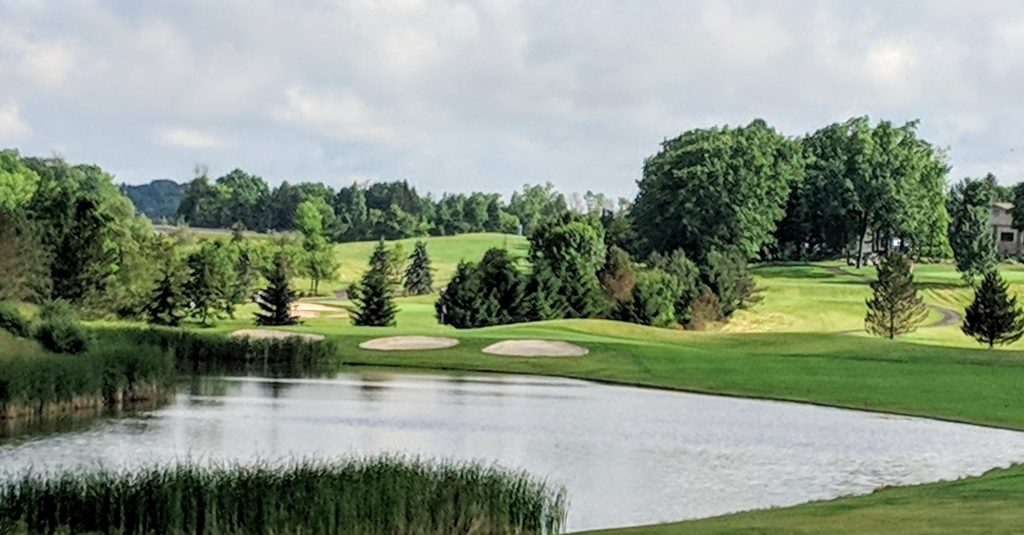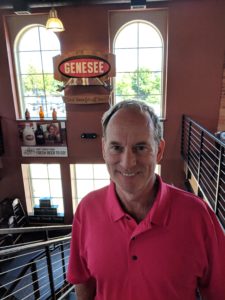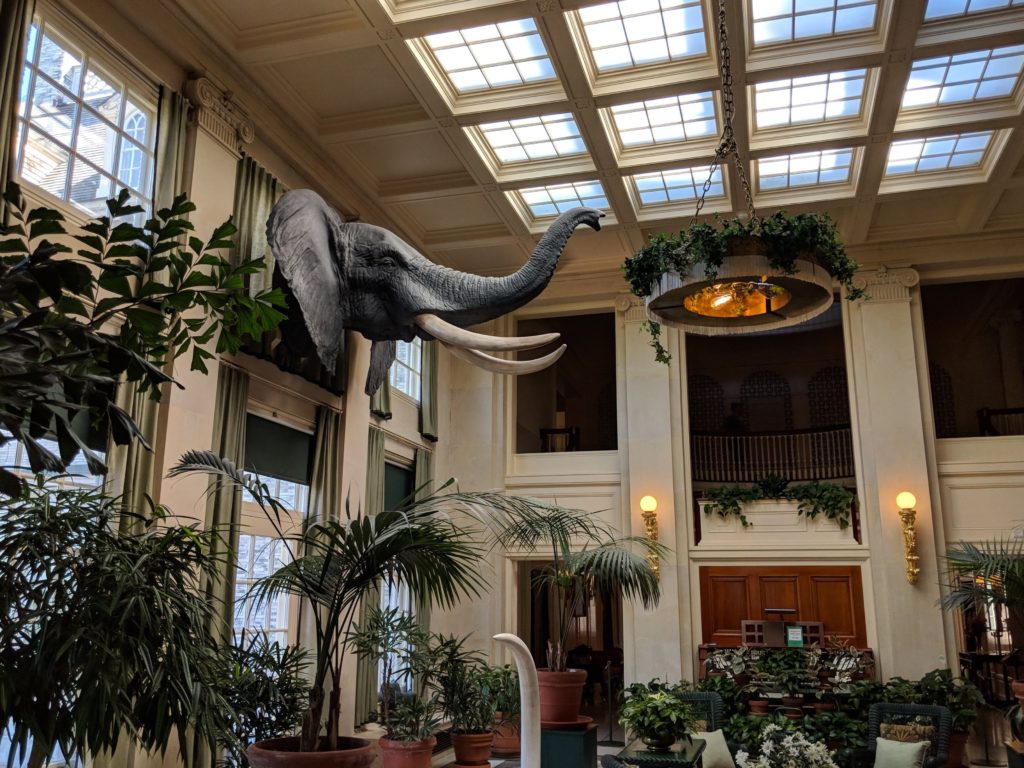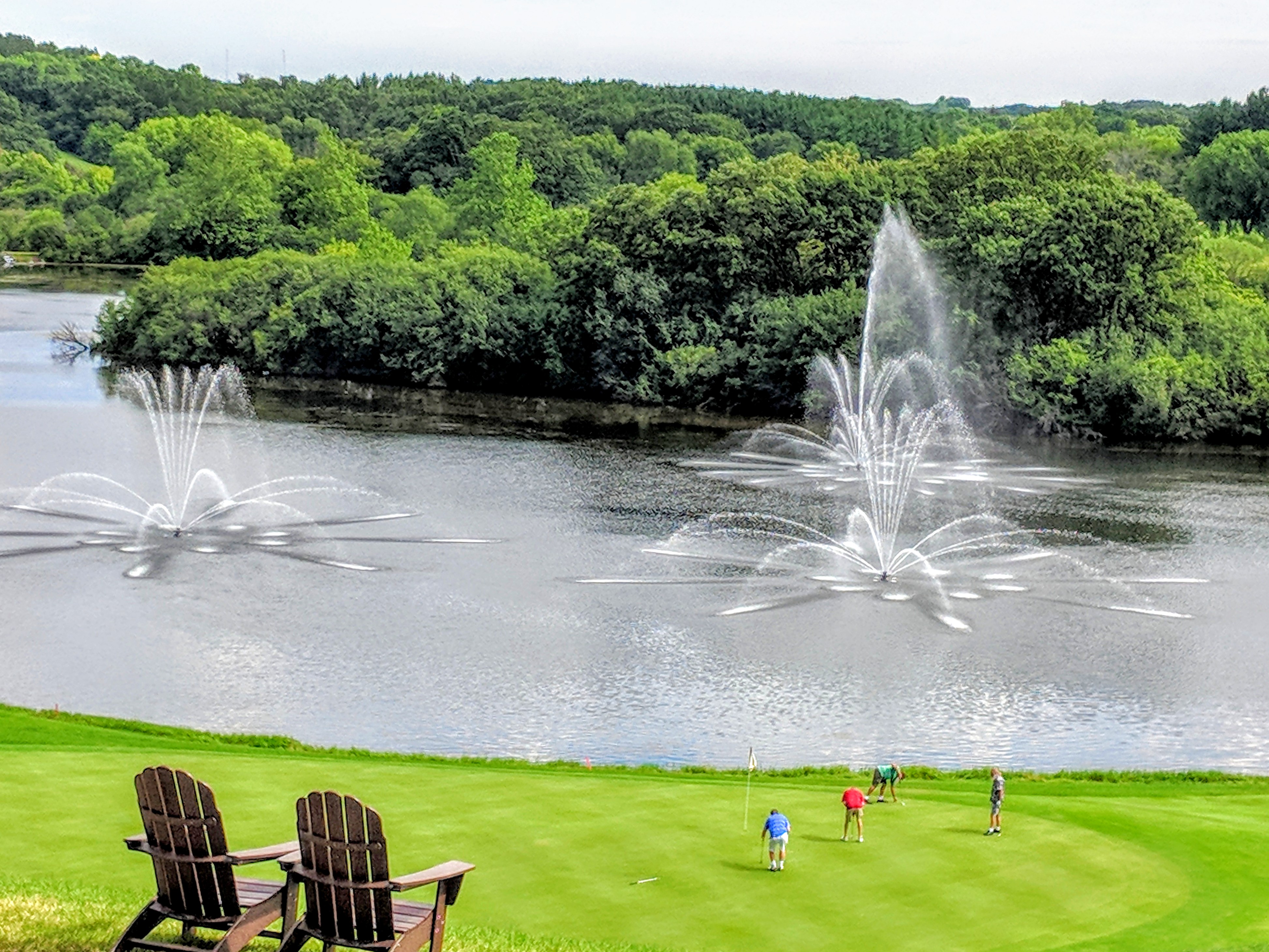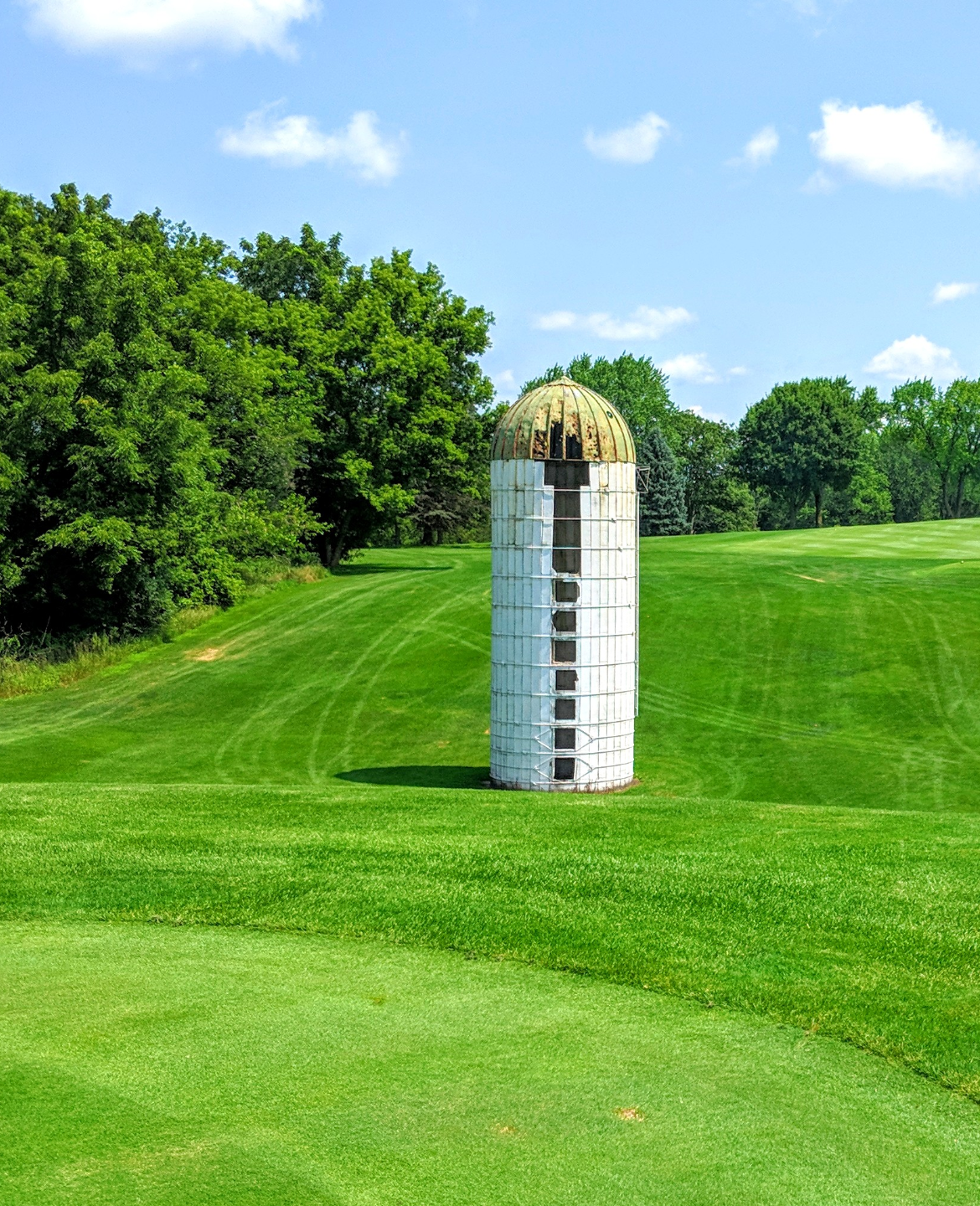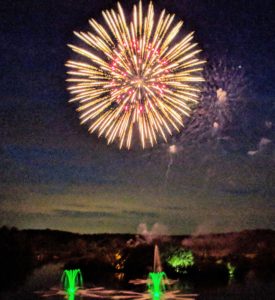No matter what happens in the BMW Championship at Medinah the week will have been a success as far as John Kaczkowski, the Western Golf Association president and executive director, is concerned.
“We’re thrilled to announce that we have achieved our goal of having a record 1,000 caddies enrolled in college,’’ Kaczkowski told a gathering at the Caddies to College celebration a few hours before Medinah opened its gates for tournament spectators on Tuesday.
The WGA had targeted 1,000 as a goal for the last five years, and this year the number hit 1,010 spread around 18 universities.
“At a time when more families are struggling to send their child to college we’re meeting the need of providing Evans Scholarships to young caddies who show strong records of academic, leadership and financial need,’’ said Kaczkowski.
Since the first two scholarships were awarded in 1930 the WGA has accumulated over 11,000 alumni scholars.
Formed in 1899, the WGA gets its scholarship money from over 32,000 donors nationwide and the proceeds from its tournaments. The BMW Championship is the biggest of those. Others are the Evans Scholars Invitational, a new event on the PGA’s Korn Ferry Tour, and four prestigious amateur events.
The WGA accomplishment was not lost on Justin Rose, winner of the Fed Ex Cup’s $10 million bonus last year and the BMW champion in 2011 at Cog Hill. He’s one of the game’s top stars now, but had a rough start as a touring pro when he missed his first 21 cuts. Plenty of players would have questioned their career choice after that and moved on to something else.
“I had no other option,’’ said Rose. “I didn’t have an education. I didn’t have an Evans Scholar education behind me. I needed to figure it out.’’
He eventually did, but it wasn’t easy.
“I still loved the game. I still had a passion for it,’’ he said. “Most importantly I loved to practice. I loved striving to get better, and I still believed in myself for the most part.’’
That made all the difference. Rose may not repeat as FedEx Cup champion this year, since he goes into the BMW in 12th place in the FedEx standings. Still, he’s earned $4.3 million on the tour this year and $53.5 million in his career, so it’s not like he needs another $10 million.
Mountain climber
Harold Varner III may be the biggest surprise in the 70-man field that will tee off on Thursday. Until Tuesday he had never been to Chicago.
“I can’t say why or why not,’’ said Varner. “I’m just not a big tourist person. No one knows who I really am.’’
Varner is No. 29 in the FedEx standings after a tie for third in the first playoff event, The Northern Trust in New York, on Sunday. He went into that tournament at No. 102 but climbed the leaderboard fast.
His goal when the playoffs started was to make it into the top 30 players who will conclude the season at The Tour Championship next week at East Lake in Atlanta. That hasn’t changed.
“Last week was just a lot of fun,’’ he said. “Now that we’re in Chicago, the end goal is to make it to East Lake. I just need to play good golf and the rest will take care of itself.’’
Heartbreaker for India
Deerfield’s Vince India was on the brink of qualifying for the Korn Ferry Tour playoffs on Sunday, and that meant a PGA Tour berth for next season was more than a remote possibility. The top 25 after that circuit’s three playoff events get PGA Tour cards.
What happened to India was devastating. He led the circuit’s Portland stop through 36 holes and was in contention to win midway through the final round. Then a double bogey on the last hole dropped him from third to a tie for fifth. Third would have put him in the Korn Ferry’s postseason events, which begin next week. Fifth meant a return to two stages of qualifying school to regain his playing privileges for next season.
“If you told me I played well enough at Portland to salvage a crappy year and head back to the final stage I’d be ecstatic,’’ India said. “I played my heart out and was a little unlucky at the end.’’
India was in a green-side bunker with his second shot at the finishing par-5, then his sand shot rolled over the green into a collection area. His first chip was short and rolled back to his feet. That about did it for the former champion of both the Illinois State Amateur and Illinois Open.
Here and there
Winnetka’s Elizabeth Szokol had her best finish as a rookie on the LPGA Tour when she tied for sixth in the Scottish Open and earned $39,035.
Ryan Brown, formerly at Boyne Highlands in Michigan, is the new director of golf at Eagle Ridge in Galena.
Illinois senior-to-be Tristyn Nowlin will compete in the LPGA qualifying school before her final collegiate season begins and Grace Park, one of her former Illini teammates, has been named assistant coach at the University of Toledo.





